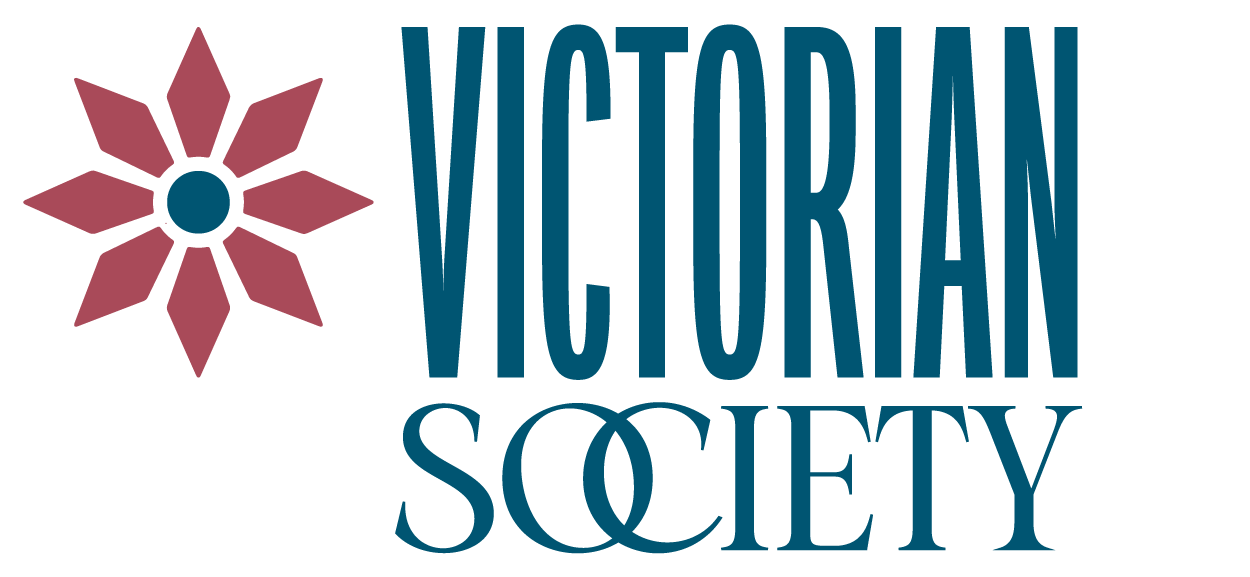2024-2025 Online Lecture Series
Welcome to our fifth series of online lectures! Inspired by our three internationally-acclaimed Summer Schools in Newport, London, and Chicago, this season’s speakers will address a wide variety of subjects including the the Arts and Crafts in the Upper Midwest, wallpapers and the House Beautiful, and the influential work of architect Louis Sullivan, social reformer Ellen Gates Starr and British horticulturalist and garden designer Gertrude Jekyll. In January, Richard Guy Wilson will be delivering a special lecture reflecting on his over four decades as director of the Newport Summer School. We look forward to exploring the great art, architecture, and design of nineteenth- and early-twentieth-century Britain and America with you!
Thanks to donations from members and viewers, all lectures are offered for FREE!
** THIS LECTURE SERIES IS NOW CONCLUDED – WE LOOK FORWARD TO SEEING YOU FOR OUR 2025-2026 SEASON! **
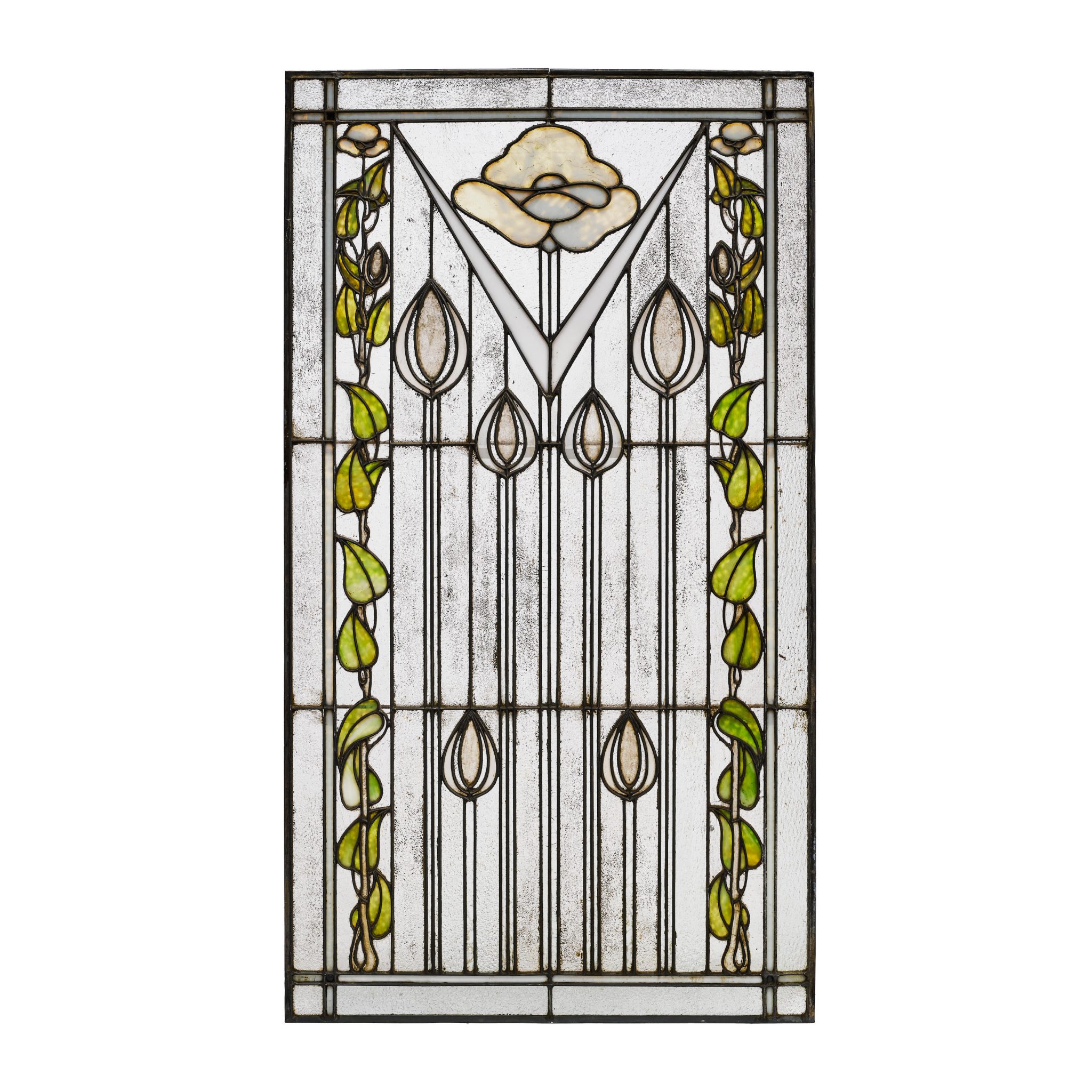
Earnestly Elegant: Arts and Crafts in the Upper Midwest, by Jennifer Carlquist
Between the 1890s-1920s, the American Arts and Crafts Movement achieved its fullest flowering in the Upper Midwest. In cities and small towns across the Great Lakes and Plains, designers and consumers drew inspiration from contradictory influences. The resulting architecture and decorative arts freely blurred lines between the artisanal and mass-produced, exotic and home-grown, academic and vernacular, elegant and earnest. This lecture celebrates that cross-pollination, including examples studied in-person every June during the VSASS’s Chicago Summer School. Jennifer Carlquist is a 30-year museum professional, preserving and reinterpreting American interiors, their contents, and contexts, and serves as Executive Director of Boscobel House and Gardens. [This lecture was delivered live on Saturday, November 2, 2024, and the recording is no longer available.]
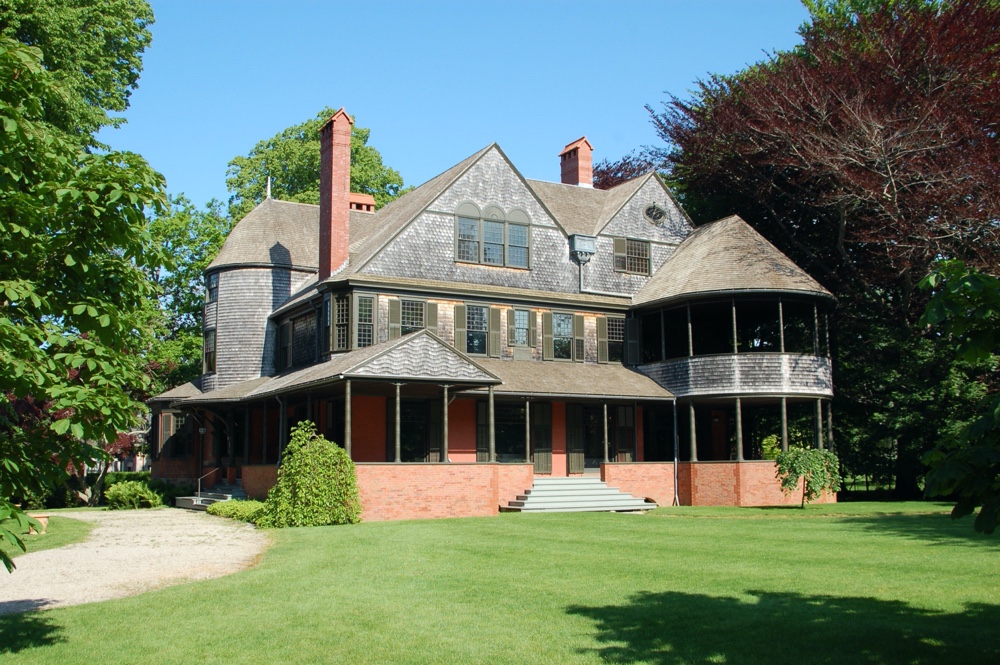
The Newport Experience: 43 and More Years, by Richard Guy Wilson
From the Colonial period to the early 20th Century Newport, Rhode Island contains one of the largest collections of significant architecture and design in the United States. The variety of buildings and objects can overwhelm, and new concepts appear to the observer. Richard Guy Wilson will reflect on the way his focus has evolved during his 43 years as first creator and then director of the Newport Summer School. [This lecture was delivered live on Saturday, January 11, 2025, and the recording is no longer available.]
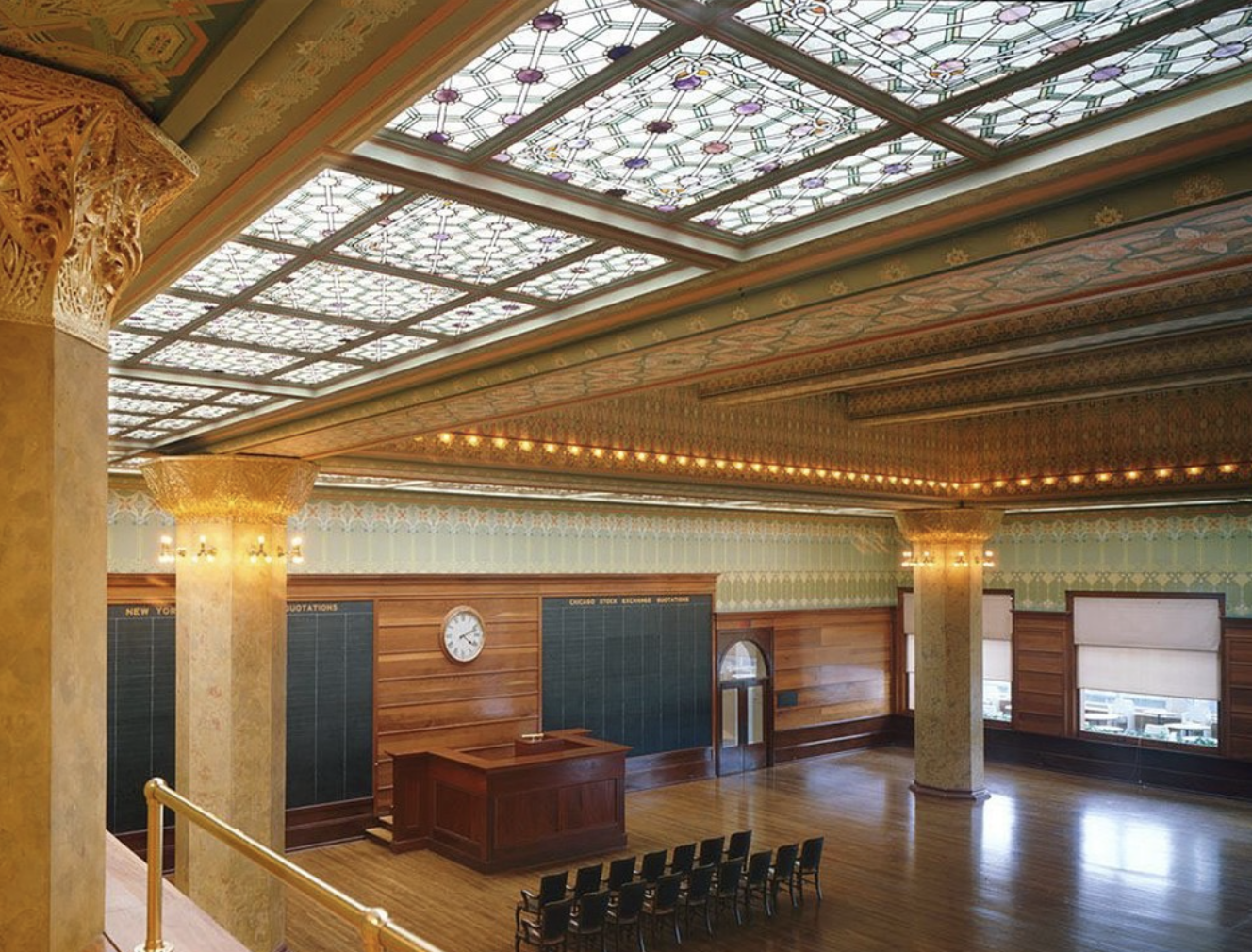
Louis Sullivan and Nature in Architecture, by Timothy Wittman
From childhood, Louis Sullivan was fascinated with organic forms in Nature. His development as an architect and theorist was a unique synthesis of many influences of his time, including the work of other designers such as Christopher Dresser and Henry Hobson Richardson, by landscape architect Frederick Law Olmsted, and by biologist Charles Darwin. For so many creative people concerned with the increasing isolation from Nature that accompanied life in the Industrial Age, it was essential to use their art forms to keep us in touch with the healing and balancing forces of the natural world. Sullivan in particular embodied this concern, and his work demonstrated the influence of Nature in connection with, rather than separate from, the age of industry. This presentation will examine Sullivan’s theories and the ways they were manifest in his buildings, and introduce the impact his work had on his apprentices and followers. Timothy Wittman is a professor of Art History at the School of the Art Institute of Chicago. [This lecture was delivered live on Saturday, January 18, 2025, and the recording is no longer available.]
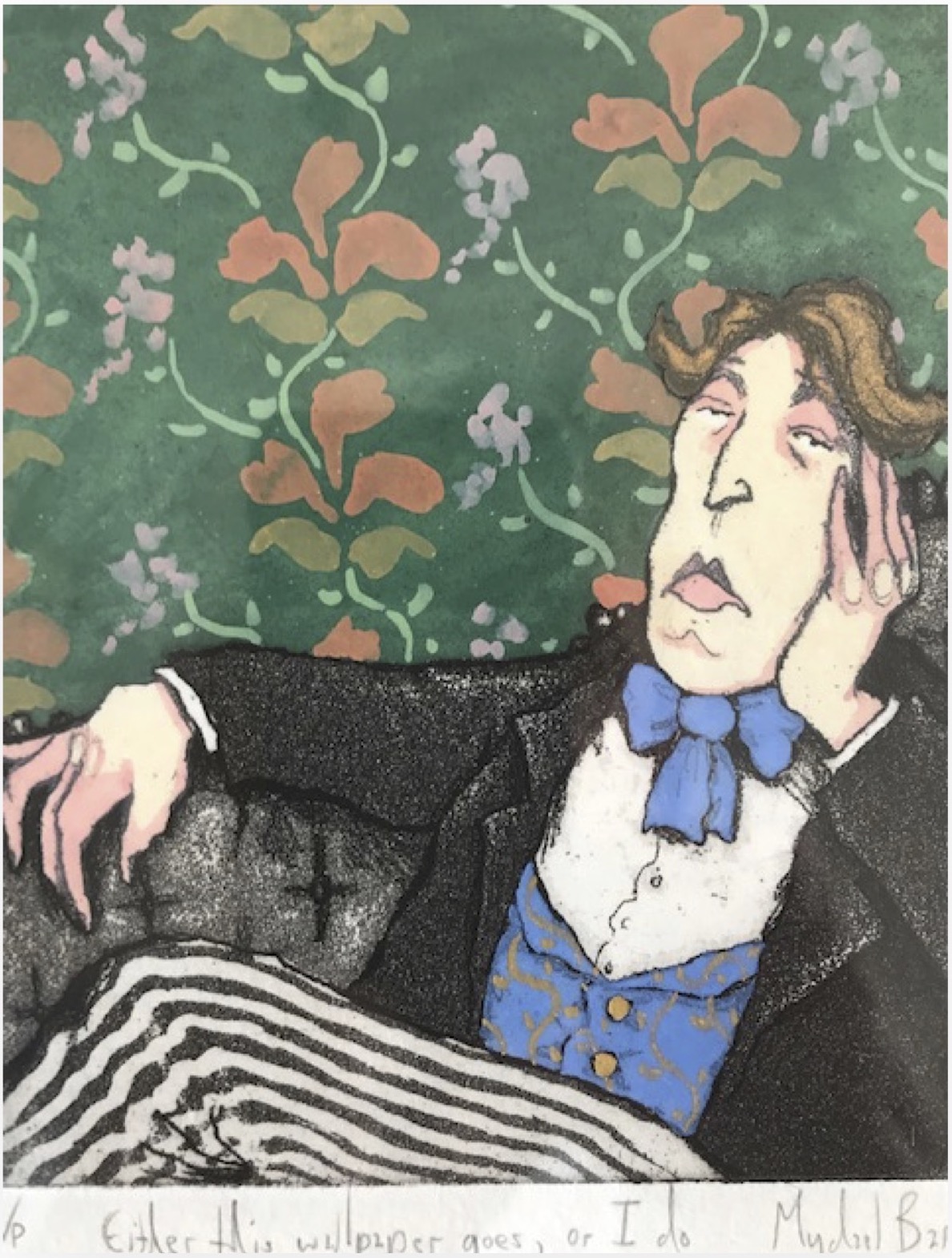
Oscar Wilde, Wallpapers and the House Beautiful, by Joanna Bonham
Oscar Wilde’s famous last words ‘My wallpaper and I are fighting a duel to the death. One or the other of us must go’ have become a by-word for all that was most ugly and vulgar about late-Victorian wallpaper design. A self-proclaimed ‘high-priest of beauty’, Wilde lectured widely on interior decoration and his views did much to spread the gospel of the House Beautiful in British and American upper-middle class 19th century homes. But what did wallpapers did he actually like and recommend? Joanna Banham will discuss Wilde’s views within the context of his contribution to late Victorian debates about interior design, wallpaper, and aesthetic choices. She is an independent curator, lecturer and writer, and a former director of the London Summer School. [This lecture was delivered live on Saturday, January 25, 2025, and the recording is no longer available.]
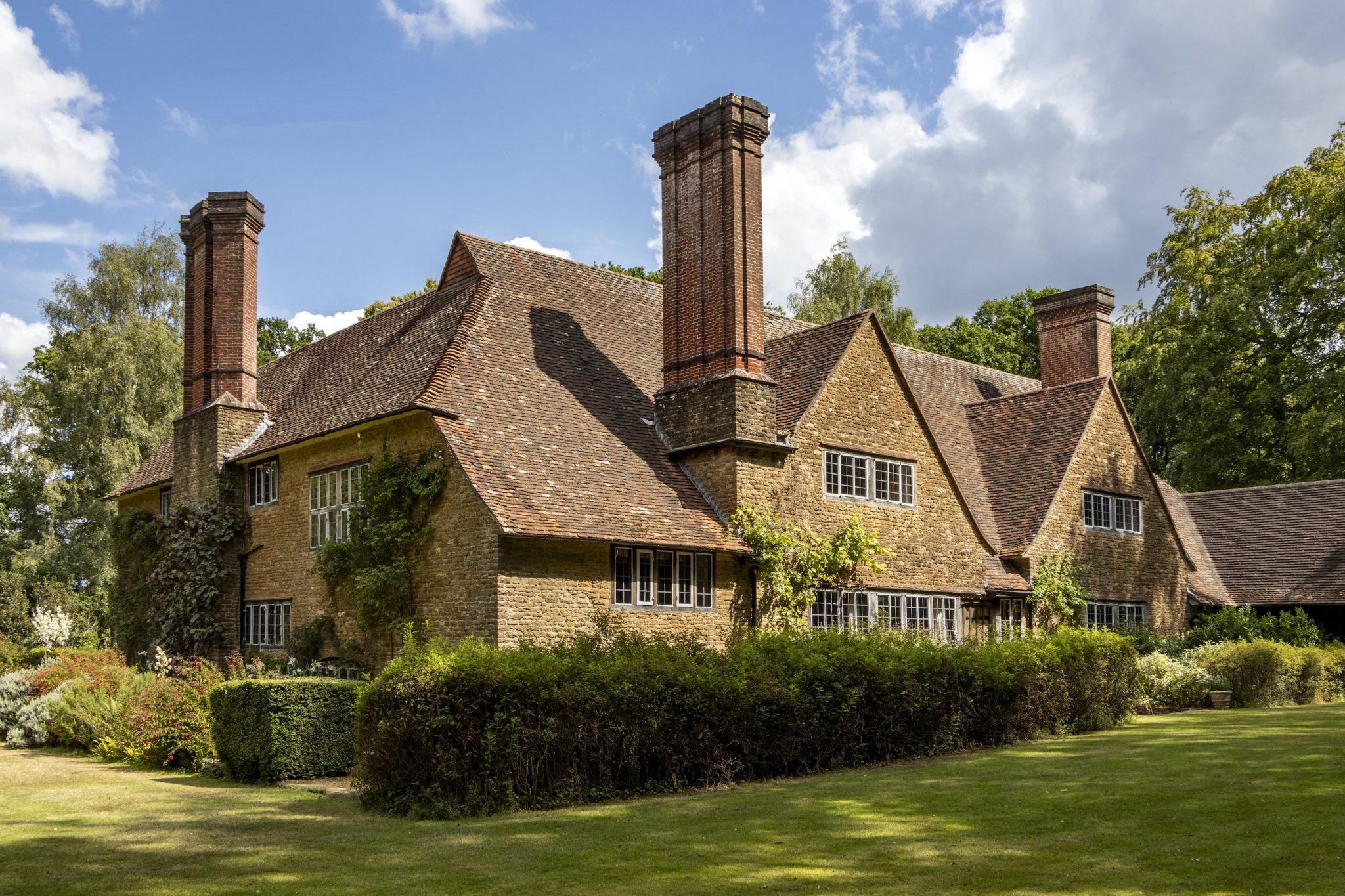
Gertrude Jekyll at Munstead Wood: The Home of the ‘Artist-Gardener,’ by Dr Caroline Ikin
As the home of celebrated gardener Gertrude Jekyll (1843-1932), Munstead Wood holds deep significance as the place where her ideal of the ‘artist-gardener’ achieved complete expression. As a trained artist, Jekyll focussed her attention on gardening and garden design when her deteriorating eyesight forced her to give up painting, but her artistic energies were also directed towards the decorative arts, design and collecting. Recent research on the interiors and furnishing of Munstead Wood offers insight into the collaboration between Jekyll and Edwin Lutyens (1869-1944) to create a domestic space shaped around arts and crafts ideals. This talk will introduce the interiors of Munstead Wood, now in the care of the National Trust, and will explore the creative partnership between Jekyll and Lutyens, beginning at Munstead Wood and shaping houses and gardens into the twentieth century and beyond. Dr Caroline Ikin is the National Trust Curator at Munstead Wood. [This lecture was delivered live on Saturday, February 8, 2025, and the recording is no longer available.]
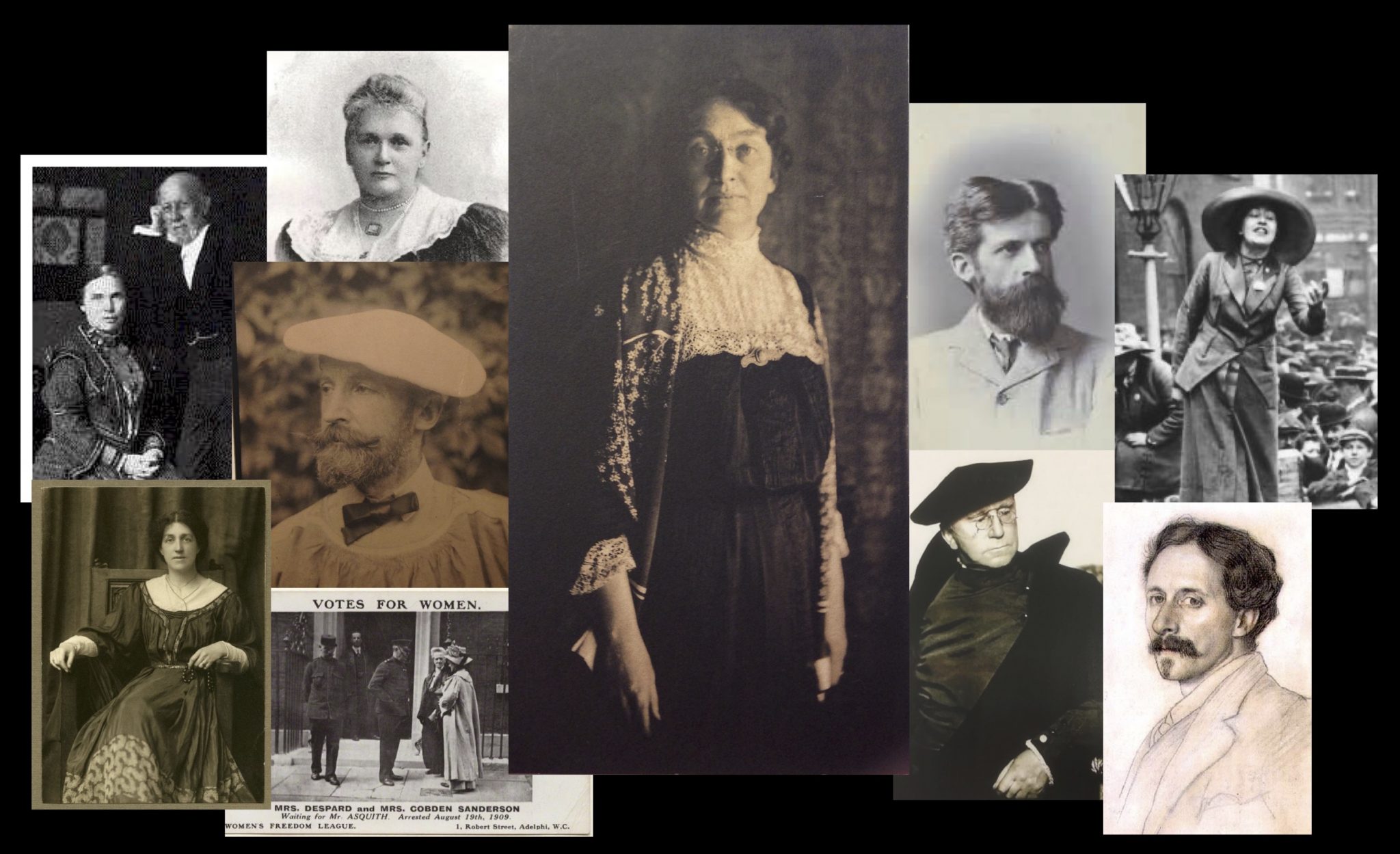
Ellen Gates Starr and Her British Friends at Hull House, by Annie V. F. Storr
Ellen Gates Starr (1859-1940) is often dismissed, even today, as the ‘lesser’ of two co-founders of Chicago’s Hull House Settlement, simply “the friend of Jane Addams.” Actually, Starr was influential in her own right in that city, and far beyond. Like many social innovations of the day, hers grew out of deep working relations forged around a sense of common cause and shared experimental solutions to severe socio-economic problems. Among her long-time friends and colleagues were some of Victorian Britain’s towering public intellectuals who shaped urban culture and social reform. This talk highlights her collaborations with activists and thinkers in pedagogy, art, labor organizing and political reform, who returned the favor of her many extended trips to the UK by themselves making the trip to Hull House. Some came more than once. Each left their mark here, as she did there. Annie Storr is the Terra Foundation for American Art Research Fellow, for the current exhibition in Chicago, “Radical Craft: Arts Education at Hull-House, 1887-1930.”
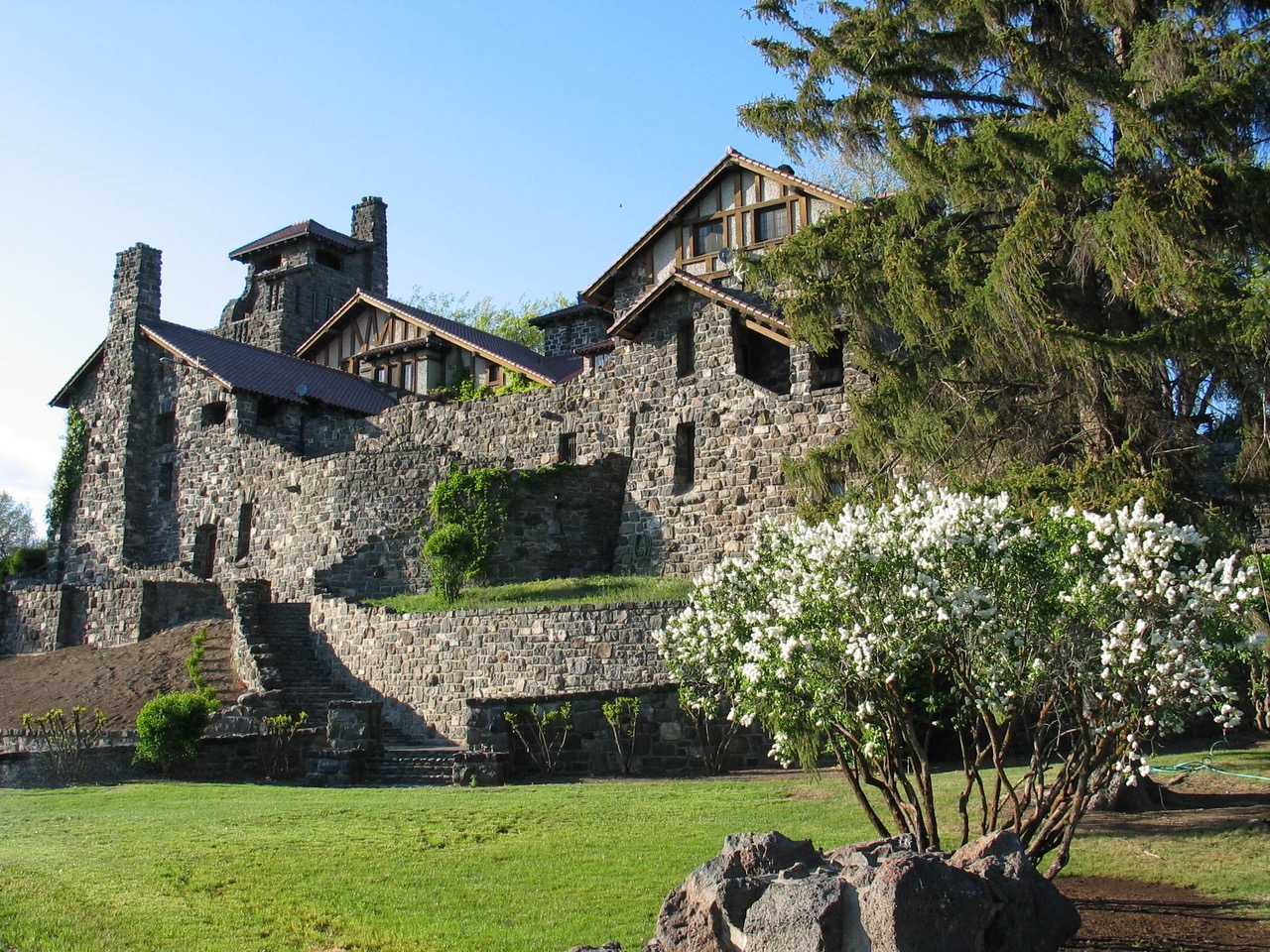
The Arts & Crafts Movement in the Pacific Northwest, by Lawrence Kreisman
During his 1909 lecture tour to America’s West Coast, C. R. Ashbee wrote in his journals that Seattle was “the only American city I have so far seen in which I would care to live.” His wife, Janet, remarked on the city’s cosmopolitanism, its “well-appointed restaurants decorated with the latest Arts and Crafts distinction of line and coloring.” Their comments reveal that the Pacific Northwest was participating actively in the design reform movement that had roots in nineteenth century Britain and was taken to heart by America.
Encouraged by exposure at two world’s fairs that put the Pacific Northwest on the national and international map, significant contributions were made to a broad range of design arts, influenced by the remarkable setting, climate, local raw materials, crafts of native inhabitants, and exposure to Pacific Rim cultures. Lawrence Kreisman, Hon. AIA Seattle, was Program Director of Historic Seattle for 20 years, and is currently helping to plan the VSA’s Seattle Study Tour (May 20-24, 2025).
